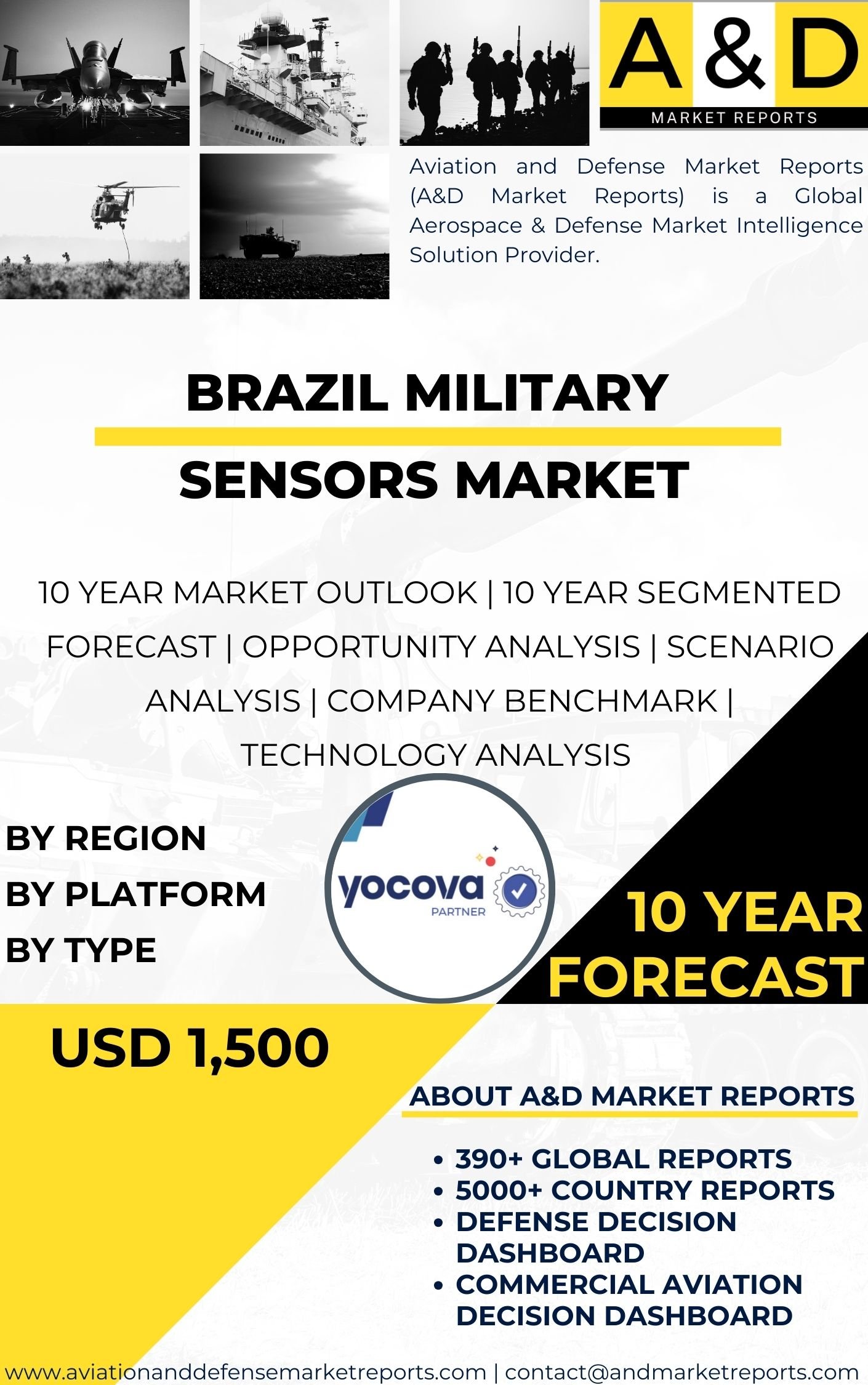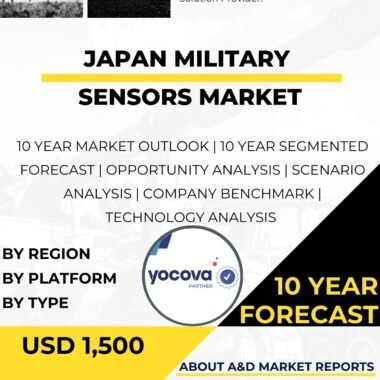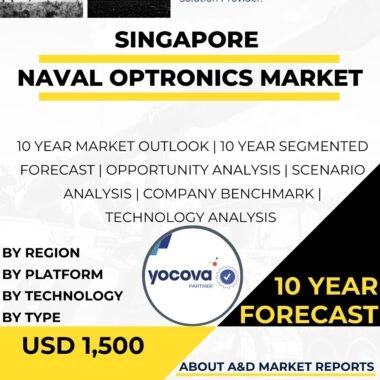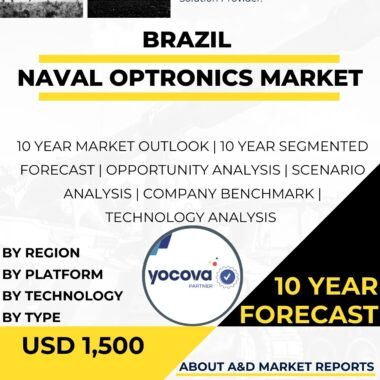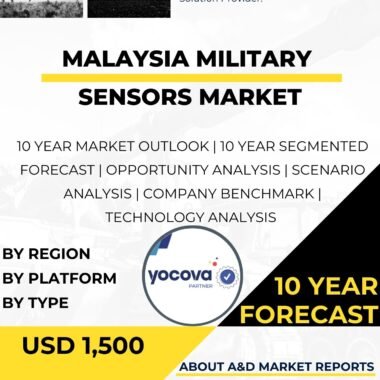Description
Brazil Military Sensors Market: Driving Defense Modernization and Situational Awareness
Introduction
The Brazil Military Sensors Market has become a key pillar of the country’s defense modernization strategy. Military sensors are advanced electronic devices that detect and measure physical parameters such as motion, pressure, heat, or radiation. These devices deliver real-time intelligence to military operators, improving situational awareness and decision-making on the battlefield.
As Brazil strengthens its defense infrastructure and responds to evolving security threats, the role of modern sensor systems has gained major importance. This article explores market trends, growth drivers, challenges, applications, and future opportunities shaping the Brazil Military Sensors Market.
Rising Demand for Advanced Military Sensors
Brazil’s military is focusing on technology-driven modernization to enhance national defense capabilities. Military sensors now play a vital role in surveillance, reconnaissance, and early threat detection.
The growing demand stems from the country’s need to maintain strategic advantage amid changing regional and global security dynamics. As a result, investments in cutting-edge sensor systems have increased significantly in recent years.
Key Market Drivers
1. Improved Situational Awareness
Battlefield awareness is critical for mission success. Military sensors — such as radar systems, infrared sensors, and acoustic sensors — provide commanders with continuous data about enemy movement, weather conditions, and potential threats. This real-time intelligence helps leaders make informed tactical and strategic decisions.
2. Indigenous Defense Development
Brazil is also investing in domestic defense production to reduce its dependency on foreign suppliers. By encouraging local research and development (R&D), the government aims to produce its own range of sensors for land, air, and maritime applications. This effort strengthens national self-reliance while boosting the local defense economy.
Expanding Role of Sensors in Modern Warfare
In today’s complex security environment, military sensors are used far beyond traditional warfare. They play an active role in counter-terrorism, border protection, and peacekeeping operations.
Sensors such as electro-optical cameras, radar systems, and UAV-mounted detectors enhance visibility and improve data-driven responses. Their flexibility allows defense forces to adapt to diverse operational scenarios, from urban missions to jungle environments.
Applications Across Defense Domains
The Brazil Military Sensors Market supports several critical applications across all defense branches:
Surveillance and Reconnaissance
Electro-optical and radar sensors monitor hostile movements, track potential targets, and deliver continuous situational awareness to commanders.
Target Detection and Tracking
Radar and infrared sensors detect incoming aircraft or missiles, enabling early countermeasures. These systems also guide precision targeting during strategic strikes.
Border and Coastal Security
Ground and coastal surveillance radars help Brazil monitor borders and territorial waters to detect illegal crossings, smuggling, or unauthorized maritime activity.
Naval and Maritime Operations
Shipboard radars and sonar systems help the navy identify and track submarines or hostile ships. They play a major role in maintaining maritime security and territorial integrity.
Market Challenges
While the market shows strong potential, it faces several technical and operational challenges:
-
Complex Integration: Advanced sensors demand deep expertise in electronics, data processing, and cybersecurity.
-
Interoperability: New sensor technologies must work seamlessly with existing defense systems.
-
Regulatory Barriers: Export controls and international treaties limit access to sensitive defense technologies.
-
Talent Gap: A shortage of skilled engineers and operators affects long-term system maintenance and innovation.
To overcome these barriers, Brazil is increasing collaboration with academic institutions, private defense firms, and global technology partners.
Future Outlook
The future of the Brazil Military Sensors Market looks promising. Ongoing investments in AI, data fusion, and advanced analytics will enhance the performance and accuracy of sensor systems.
Brazil’s partnerships with international defense firms and technology transfer initiatives will accelerate local innovation. The establishment of testing centers and research hubs will further support growth and improve operational readiness.
Conclusion
The Brazil Military Sensors Market is vital to the nation’s defense modernization efforts. These systems strengthen surveillance, improve command efficiency, and ensure strategic readiness.
Driven by technological advancement, indigenous development, and increased defense spending, the market will continue to expand. Overcoming challenges related to integration, regulation, and workforce development will help Brazil unlock the full potential of its defense capabilities.
By embracing innovation and collaboration, Brazil is building a resilient and future-ready defense sensor network that supports both national security and regional stability.
